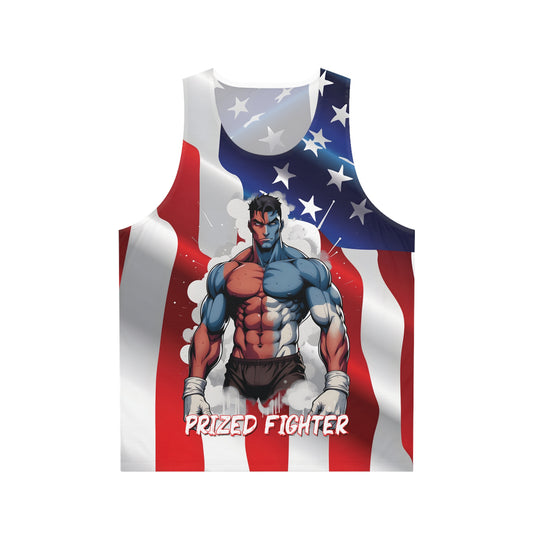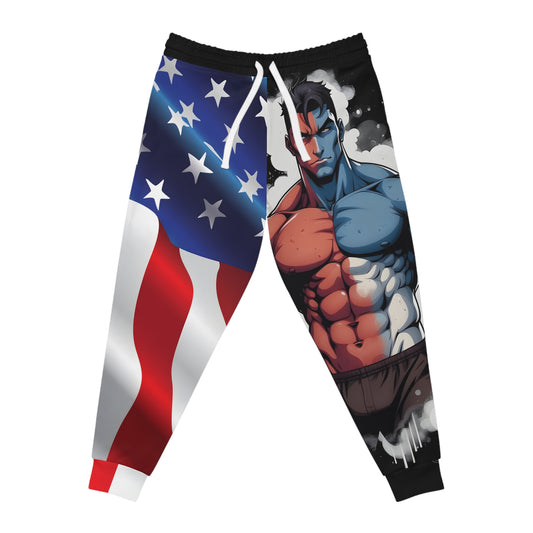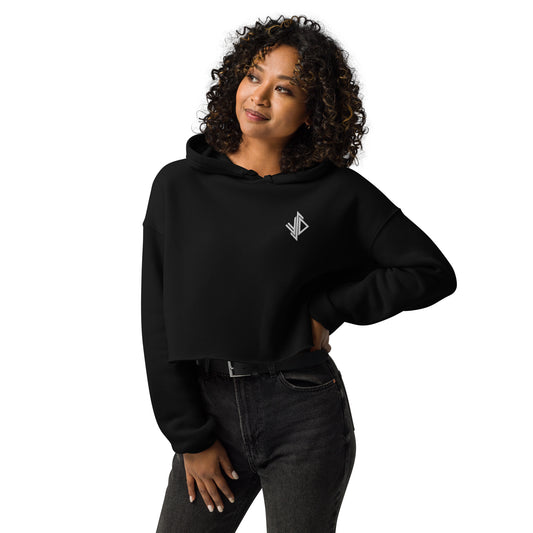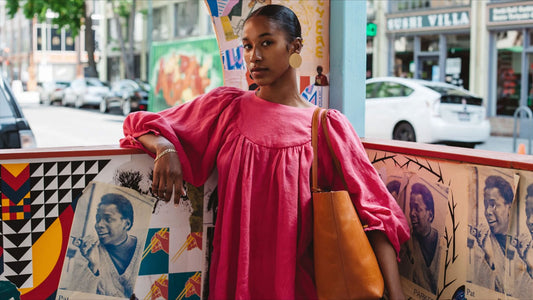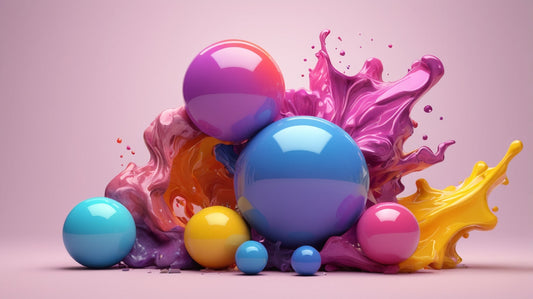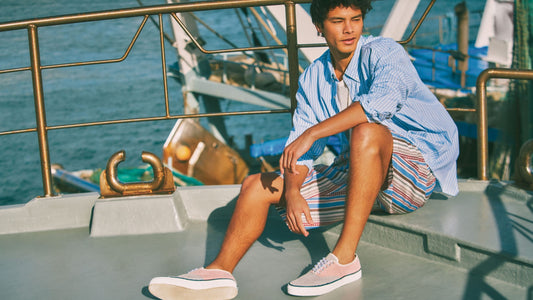
Psychology of Color in Marketing and Fashion
The psychology of color plays a crucial role in how consumers perceive brands, products, and fashion trends. Understanding how different colors affect emotions and behaviors can significantly influence marketing strategies, fashion design, and overall consumer engagement. In this article, we delve into the psychology of color, how it is used in marketing, its influence on fashion, seasonal trends, and the current color of the year. We will also explore case studies, color associations, and actionable strategies for brands to leverage the psychology of color effectively.
Understanding the Psychology of Color
The psychology of color refers to the study of how colors affect human behavior and emotions. This field of psychology looks at how different hues can influence mood, decision-making, and overall perception. Colors are not merely visual experiences; they communicate messages on an emotional level that significantly influences our choices. For example, red is often associated with passion, urgency, and excitement, while blue is typically linked to calmness and trust. These associations can vary culturally, but certain color meanings tend to be universally recognized.
Psychologists and marketing experts have conducted extensive research demonstrating that colors evoke specific psychological responses. For instance, a study by the Institute for Color Research found that up to 90% of snap judgments made about products can be based solely on color. This statistic emphasizes the importance of understanding the psychology of color in a business context, as it can have a profound impact on a consumer's engagement level and purchasing decisions.
The Role of Color in Marketing
Color can significantly influence consumer behavior. Businesses have harnessed this power to create compelling marketing strategies that resonate with their target audience. Here are several ways that the psychology of color is leveraged in marketing:
1. Brand Identity
Colors play a critical role in establishing brand identity. Companies carefully choose their brand colors to align with their values and target audience. A well-known example is Coca-Cola, which uses red to evoke feelings of excitement and happiness, contributing to its strong market presence. Similarly, companies like Starbucks employ green to project an image of sustainability and freshness.
According to a study conducted by the University of Loyala, color increases brand recognition by 80%. This statistic highlights the importance of color in creating a memorable brand identity that consumers can easily recognize and connect with.
2. Emotional Connection
Creating an emotional connection with consumers is essential for driving brand loyalty. Colors can evoke specific feelings, making them powerful tools for emotional marketing. For instance, yellow stimulates feelings of optimism and warmth, making it an effective choice for brands looking to create a friendly, approachable image. Conversely, blue can promote a sense of tranquility and reliability, as frequently observed with banks and insurance companies that aim to build trust with their customers.
Understanding the emotional significance of color not only influences consumer perception but can also deepen brand loyalty. A study conducted by the branding agency, Siegel + Gale, found that 60% of consumers make brand decisions based on color alone. This connection demonstrates the inherent value of leveraging color psychology to establish and reinforce brand loyalty.
3. Call to Action
Colors can also influence how consumers respond to calls to action (CTAs). For example, red buttons or banners often encourage users to take immediate action, such as making a purchase or signing up for a newsletter. A/B testing has shown that using contrasting colors for CTAs can lead to increased conversion rates. For instance, a study by HubSpot found that using different colors for CTAs can lead to a conversion rate increase of up to 21%. By pinning this psychological response to specific colors, marketers can dramatically improve their campaign effectiveness.
Color Trends in Fashion
Fashion is another industry profoundly influenced by the psychology of color. Designers and trend forecasters carefully consider color choices when predicting seasonal trends. The impact of color on consumer mood and preferences plays a pivotal role in how fashion trends evolve.
1. Seasonal Color Trends
Seasonal trends are highly influenced by the psychology of color. For example, spring often brings light, pastel colors that evoke feelings of renewal and freshness. In contrast, autumn tends to favor deeper, earth tones that inspire warmth and comfort. By aligning colors with the seasons, fashion brands can tap into the emotions consumers experience during those periods, thus making their offerings more appealing.
Fashion weeks around the world showcase how seasonal color trends come alive through runway shows. Designers often collaborate with color forecasters to identify trending colors that resonate with the upcoming season. These trends not only affect clothing but also extend to accessories, makeup, and home decor.
2. The Color of the Year
Each year, color forecasting agencies like Pantone announce their "Color of the Year," which reflects current societal moods and trends. The color selected often resonates with consumers' feelings and aspirations. For example, Pantone's 2025 Color of the Year is Mocha Mousse (PANTONE 17-1230), a warm, earthy brown that embodies comfort and sophistication.
This grounding choice reflects a collective desire for stability and connection to nature, making it especially relevant as people seek balance and authenticity in an increasingly complex world. For more insights regarding the Color of the Year and its influence on trends, visit the official Pantone website at Pantone 2025 Color of the Year. Marketers and fashion designers can use this information to stay ahead of the curve and align their products with the zeitgeist of the current year.
Color Psychology in Consumer Behavior
Understanding how color influences consumer behavior is critical for businesses looking to optimize their marketing strategies. Here are some key insights:
1. Age and Gender Differences
Research shows that color preferences can vary by age and gender. For instance, younger consumers may be drawn to brighter, more vibrant colors, while older individuals often prefer subdued, classic hues. Gender also plays a role; studies indicate that men typically favor blue, while women gravitate toward purple and green. Brands looking to target specific demographics should consider these preferences when selecting colors for their products and marketing materials.
2. Cultural Significance
Colors carry different meanings across cultures. In Western cultures, white is often associated with purity and weddings, while in many Eastern cultures, it symbolizes mourning and loss. Marketers need to understand their target audience's cultural backgrounds to effectively employ the psychology of color in their campaigns. This understanding can prevent potential misinterpretations and ensure that the colors used resonate positively with the intended audience.
3. Timing and Context
The context in which colors are presented can also influence perception. For example, red might evoke excitement during a holiday sale, but the same color might feel aggressive or overwhelming in a different setting. Similarly, pastel colors may be seen as soothing in spring but could be perceived as childish in a different context. Considering the timing and context of a marketing campaign is essential to maximize the positive impact of color.
Implementing Color Psychology in Marketing Strategies
To effectively utilize the psychology of color in marketing, brands should follow these guidelines:
1. Understand Your Brand’s Values
Before selecting colors, it’s essential to clarify your brand’s identity and values. Reflect on the emotions and messages you want to convey and choose colors that align with those attributes. For instance, a brand focused on eco-friendliness may use earthy greens and browns, while a luxury brand might incorporate deep blacks and golds to signal sophistication.
2. Research Your Target Audience
Identifying your target audience and understanding their demographics, preferences, and cultural backgrounds will allow you to choose colors that resonate with them. Conduct surveys or focus groups to gauge color preferences. This research will provide valuable insights that can inform design choices and marketing strategies.
3. Test Different Color Schemes
Use A/B testing to experiment with different color schemes and observe how they affect engagement and conversion rates. Analyzing responses can provide valuable insights into which colors drive consumer behavior. For example, consider testing different color variations for website buttons to determine which option results in higher click-through rates. Continually optimizing your approach based on data will enable more effective use of color psychology.
4. Keep Color Consistency in Mind
Color consistency is key to establishing brand recognition. Maintain a cohesive color palette across all marketing materials, including your website, social media, and product packaging. This consistency reinforces your brand identity and helps consumers easily associate colors with your business.
Case Studies: Brands That Successfully Utilize Color Psychology
Many brands have effectively utilized the psychology of color to enhance their marketing strategies. Here are a few notable examples:
1. Coca-Cola
Coca-Cola has effectively used its iconic red color to evoke feelings of happiness and excitement. The brand's marketing campaigns often focus on joy and celebration, reinforcing the emotional connection associated with the color red. Their consistent use of this color across various platforms has contributed to strong brand recognition and consumer loyalty.
2. Apple
Apple's use of sleek, minimalist design often incorporates white and silver tones to convey a sense of sophistication and modernity. This aesthetic reflects the brand's values of innovation and simplicity, making their products instantly recognizable. By utilizing a clean color palette, Apple positions itself as a premium brand that stands for quality and cutting-edge technology.
3. Starbucks
Starbucks effectively employs a green color palette to represent its commitment to sustainability, freshness, and a welcoming atmosphere. The color green is often associated with nature and tranquility, aligning perfectly with the brand's mission to create a comfortable coffeehouse environment. The use of green creates a strong emotional connection with customers, encouraging them to view Starbucks as a socially responsible brand.
FAQ Section
What is the psychology of color?
The psychology of color is the study of how colors affect perceptions, emotions, and behaviors. Different colors can evoke specific feelings and influence decision-making processes in consumers.
How does color influence marketing?
Color influences marketing by affecting brand perception, emotional connection, and consumer responses to calls to action. Choosing the right colors can enhance brand recognition and drive sales.
What are some common associations with colors?
Some common color associations include:
- Red: passion, urgency, excitement
- Blue: trust, calmness, reliability
- Yellow: optimism, warmth, happiness
- Green: eco-friendliness, growth, health
- Purple: luxury, creativity, sophistication
How do seasonal trends affect color choices in fashion?
Seasonal trends affect color choices in fashion as designers often align their collections with colors that evoke feelings associated with specific seasons. For example, light pastels are favored in spring, while deep earth tones are popular in autumn.
How do cultural differences impact color perception?
Cultural differences significantly impact color perception; colors can have varying meanings and associations based on cultural context. Marketers need to consider these differences when developing campaigns for diverse audiences.
Can color choices improve conversion rates?
Yes, research indicates that certain color choices can improve conversion rates. For example, contrasting colors for calls to action can lead to higher click-through rates. A/B testing different color schemes can help identify which options resonate best with your audience.
Conclusion
The psychology of color is an influential tool in marketing and fashion, impacting consumer choices and shaping trends. By understanding the emotional and psychological responses that colors elicit, brands can enhance their marketing strategies and connect with their audiences more effectively. As color trends continue to evolve, staying informed about the psychology of color will remain essential for success in these dynamic industries.
To maximize the power of color in your marketing strategy, take the time to understand your brand identity, research your audience, test various color schemes, and remain consistent in your approach. Embracing the psychology of color can ultimately lead to stronger brand recognition, deeper emotional connections, and greater consumer loyalty.



